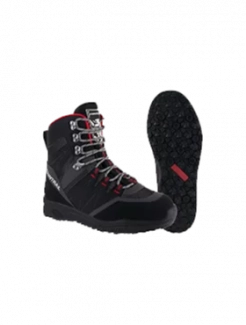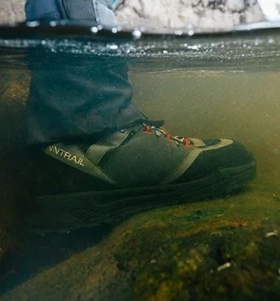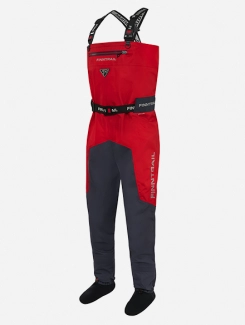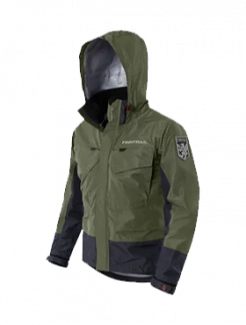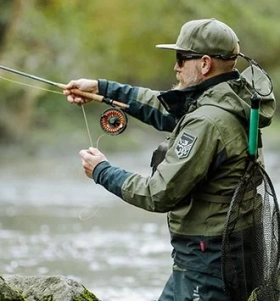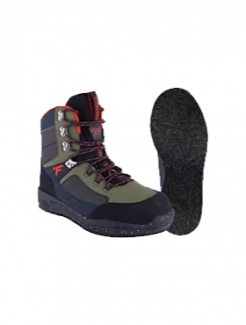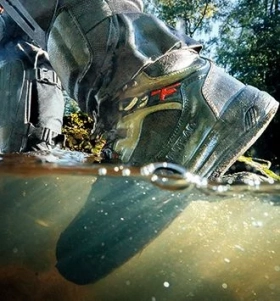Restoring DWR of Your Waterproof Off-Road Gear
Unfortunately, we can't just buy waterproof jackets and waders and think about them only in terms of wearing them. Our gear needs care to keep doing its job. This post will help you care for and restore the DWR of your waterproof gear.
What is DWR?
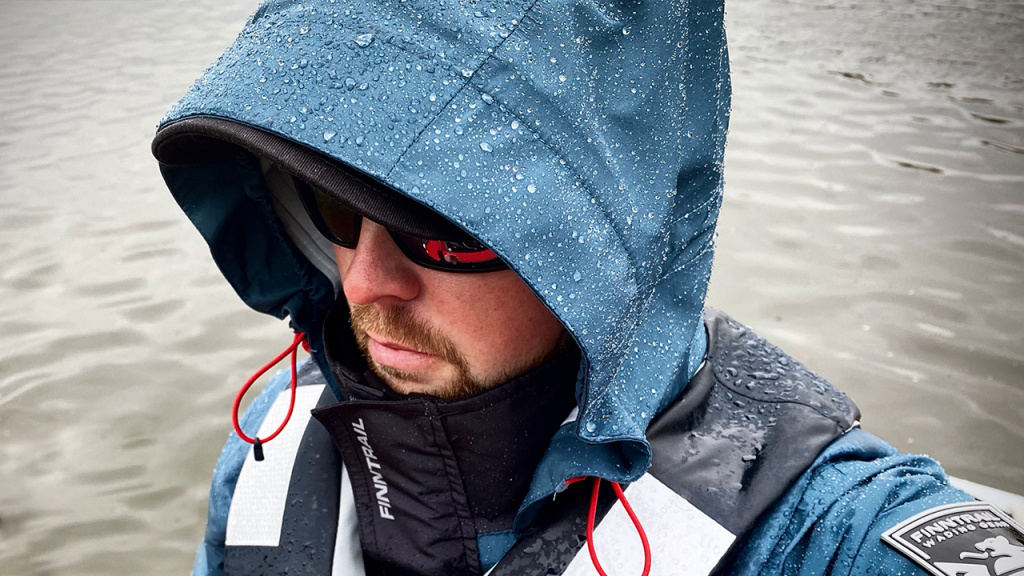
DWR stands for Durable Water Repellent, which is a polymer applied to the surface of waterproof gear to act as an added layer of protection to keep water from going through the fabric and the primary barrier to keep water from saturating the surface of the fabric. When the outside of the fabric gets wet, you may technically be dry inside, but you wouldn't be warm or comfortable and you wouldn't feel dry.
Durable water repellency can be found, for example, on the outer surface of FINNTRAIL jackets and snowmobile overalls. It works great together with the integrated HARD-TEX membrane that guarantees waterproofness and breathability.
How Does DWR Work?
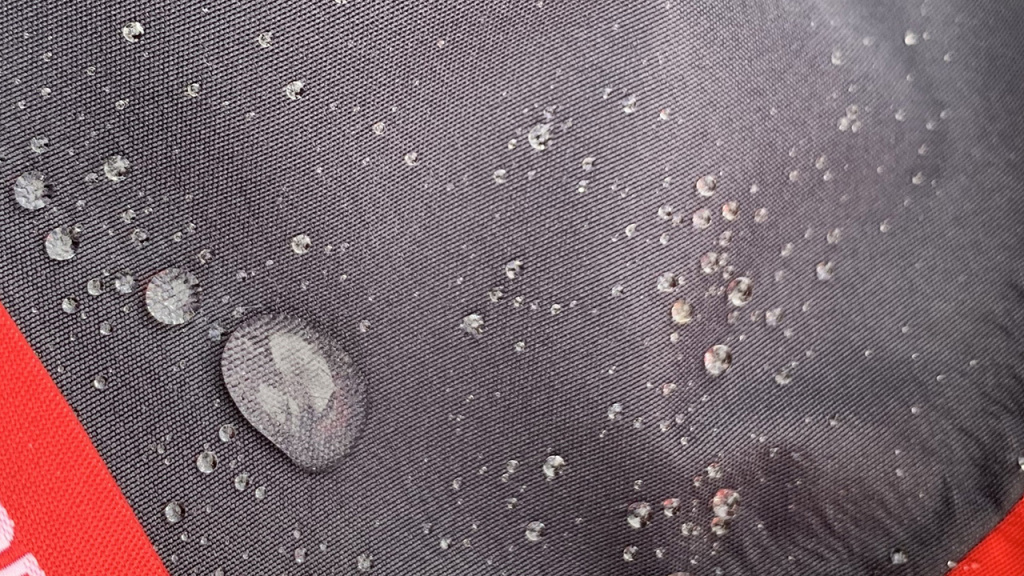
DWR forces water to bead up and roll off a surface rather than soak in. It does this by creating tiny filaments all over the surface that make it impossible for the water to fill but so much space. The surface tension of the water increases, causing it to bead up rather than spread out and the water will become heavy and roll off the fabric.
Time, dirt, and abrasion wear down those filaments and make your waterproof gear less and less effective. You may notice the fabric gets waterlogged on the outside or allows water into small areas.
How to Care for DWR?
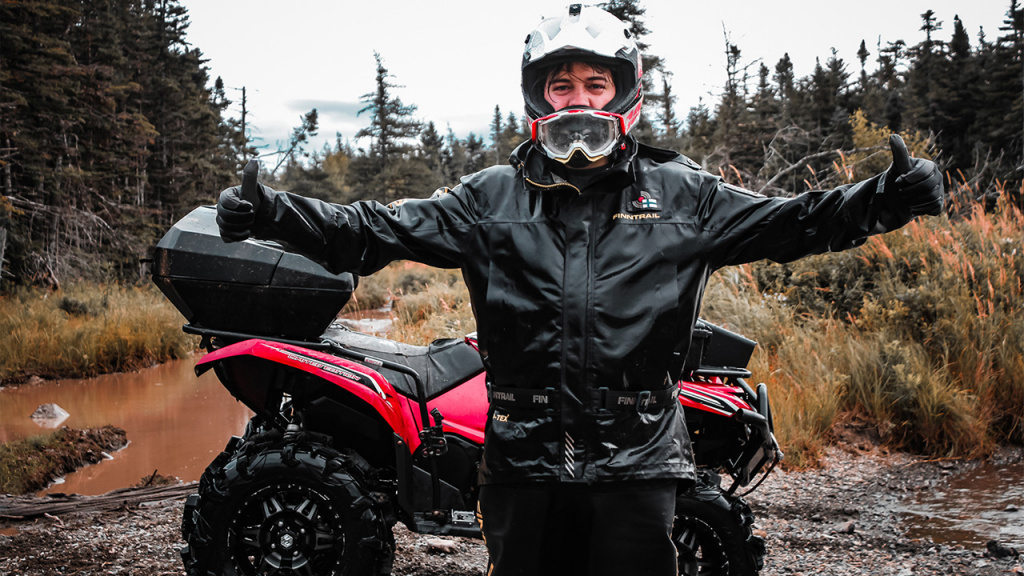
The primary way you can regularly care for your waterproof gear is by washing and drying it correctly.
Read the care instructions
The first and most important thing you need to do for your waterproof gear is read the care instructions. It may have unique requirements that make or break its longevity and effectiveness.
Technical detergent
Regular laundry detergents leave behind residue that impact the effectiveness of your waterproof gear, so you'll need to purchase a detergent for "technical gear" to wash your gear in.
Heat
The details of this step vary, so definitely read your gear's care instructions. DWR fabrics usually need heat of some kind to reactivate them. This may need to be done in the dryer or with an iron. It needs to be done after every wash.
Signs You Need to Replace Your DWR Treatment
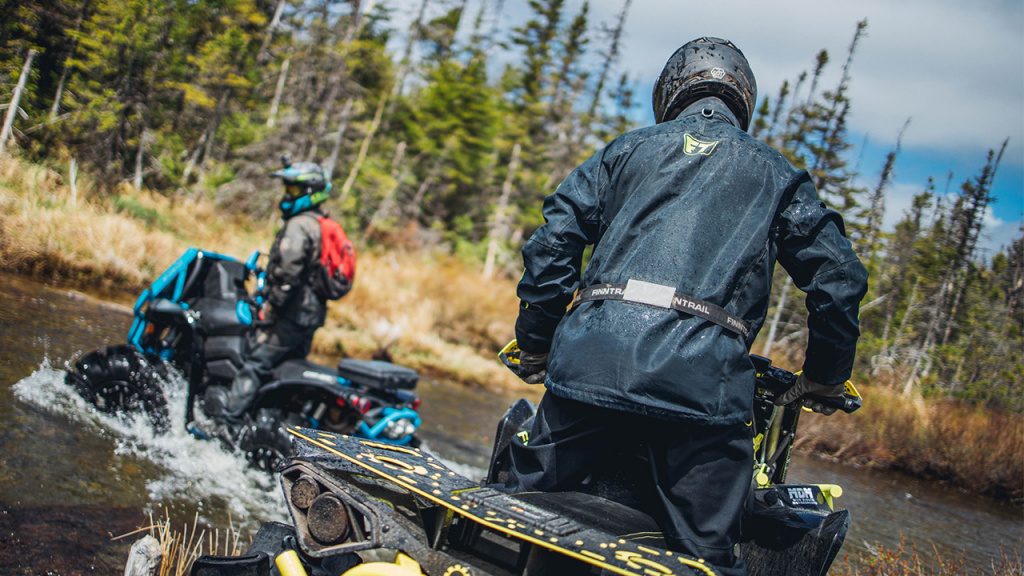
There isn't a set amount of time it will take for your DWR to weaken. It depends on what the gear has been exposed to (friction, dirt, smoke, body oil, grease and other oils, etc.) and how you've cared for your jacket.
Your waterproof gear could start letting water in, but it will probably never get to that point. When the DWR layer becomes compromised, the first thing that happens is the outer layer of fabric becomes waterlogged. It will feel like it's clinging to you, become heavy with water, and will make you feel cold and clammy inside it. The difference in temperature inside the gear and outside the gear may be enough to cause condensation to form inside. These things will make you feel you are getting wet or simply be so uncomfortable that you may think you need to throw the gear out and replace it. Thankfully, you can recoat it rather than replace it.
You can test your DWR by laying the fabric out and sprinkling or spraying a few drops of water on it.
They should remain beaded up on the surface. Shake them off and see how easily they roll off.
If the water begins to puddle or the fabric looks darkened or visibly wet, you need to reapply a DWR layer.
It's a good idea to test your gear regularly so you don't discover it has lost its effectiveness the hard way. If you test it the day before you ride, you have time to wash and coat your gear and still hit the trail.
How to Apply DWR to Waterproof Gear
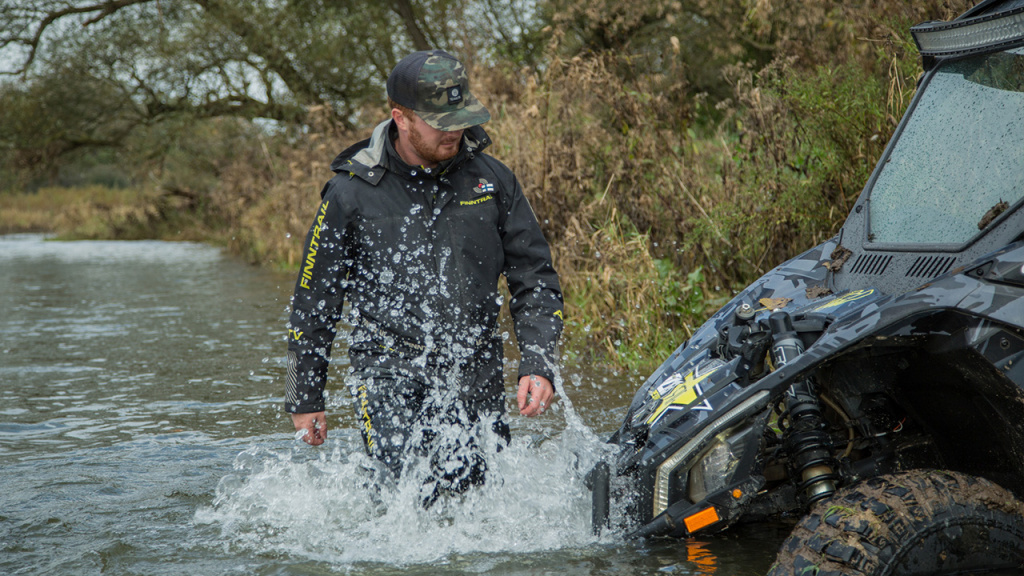
You can get spray-on DWR coatings and wash-in DWR coatings. Wash-in coatings also coat the inside layers of the fabric and reduce the breathability of the gear, so it's best to use a spray-on coating.
Wash the gear in technical detergent.
While the fabric is still damp, spray the coating on it from around 4-6 inches away.
Wait 5 minutes.
Wipe large droplets from the fabric with a clean towel.
Either let the fabric air dry or put it in the dryer, depending on the fabric's care instructions.
Read the instructions on the DWR coating to determine if and how the coating needs to be heat treated after you've applied.
Once that's done, your waterproof gear should work perfectly again. You can do this as many times as necessary throughout the lifetime of the gear.

